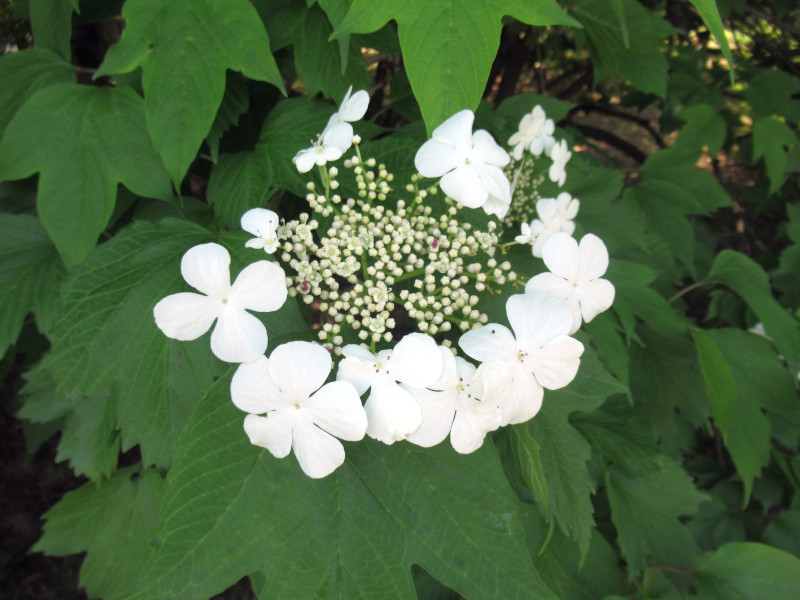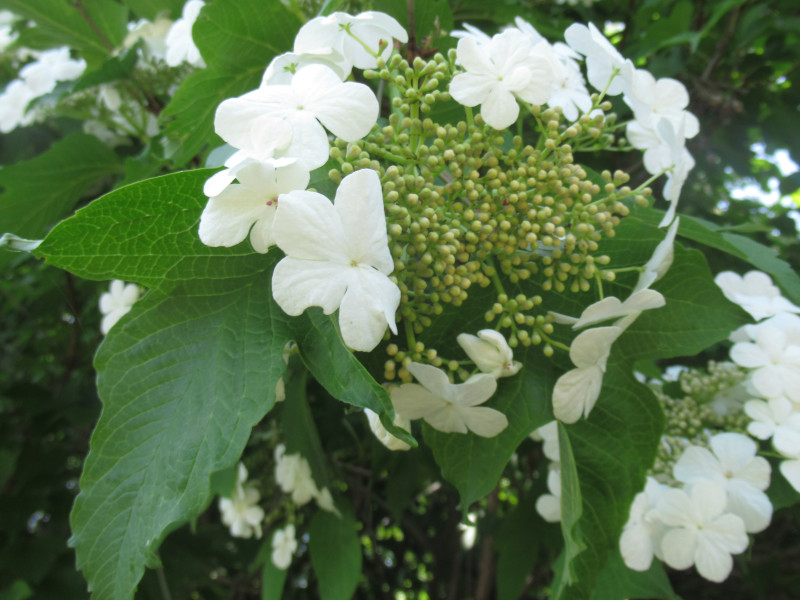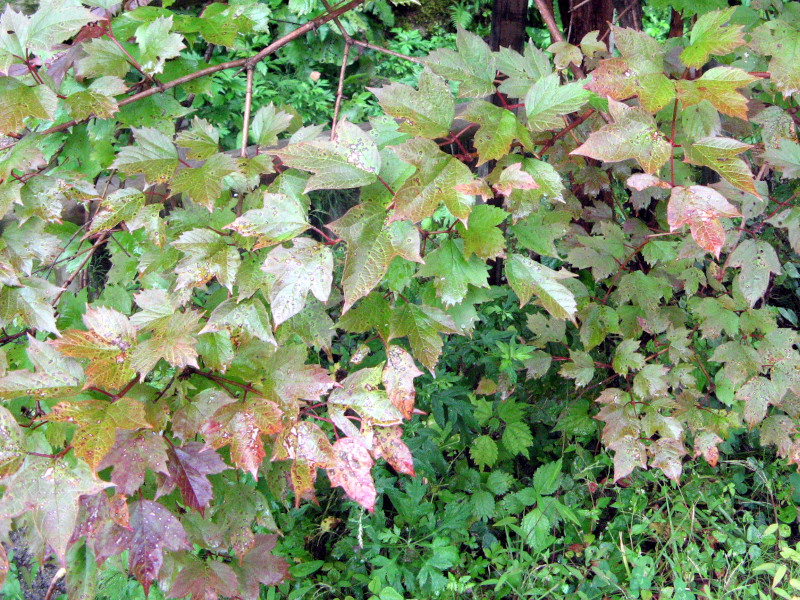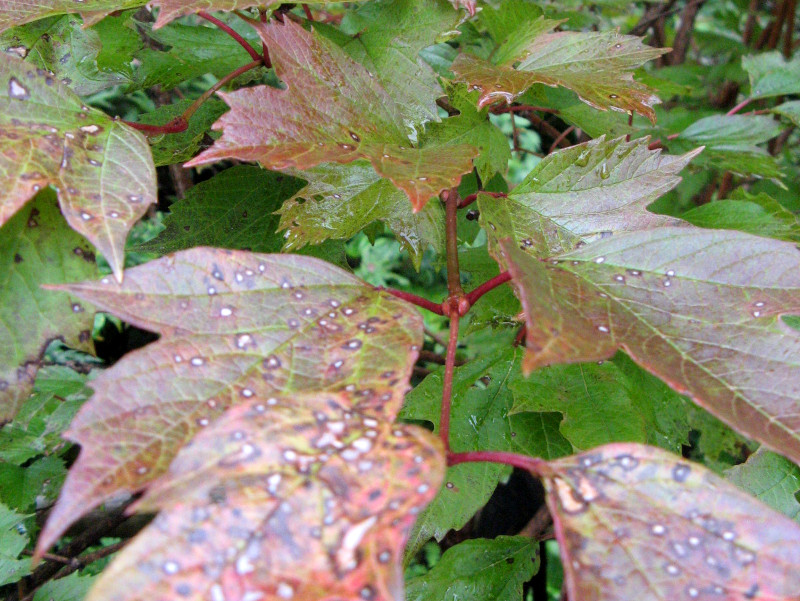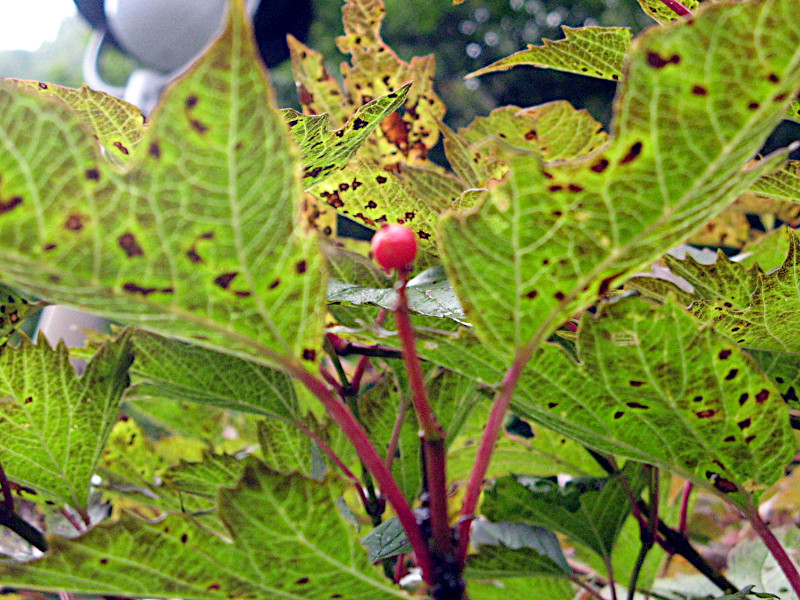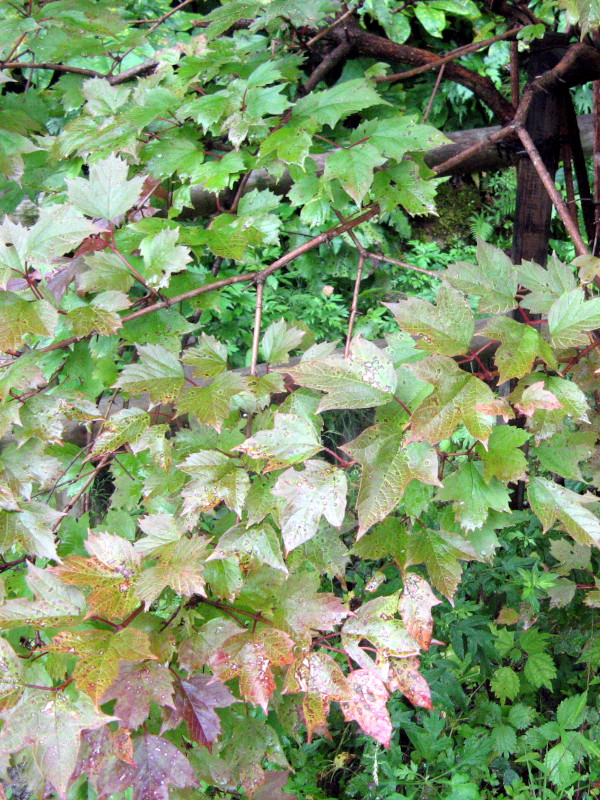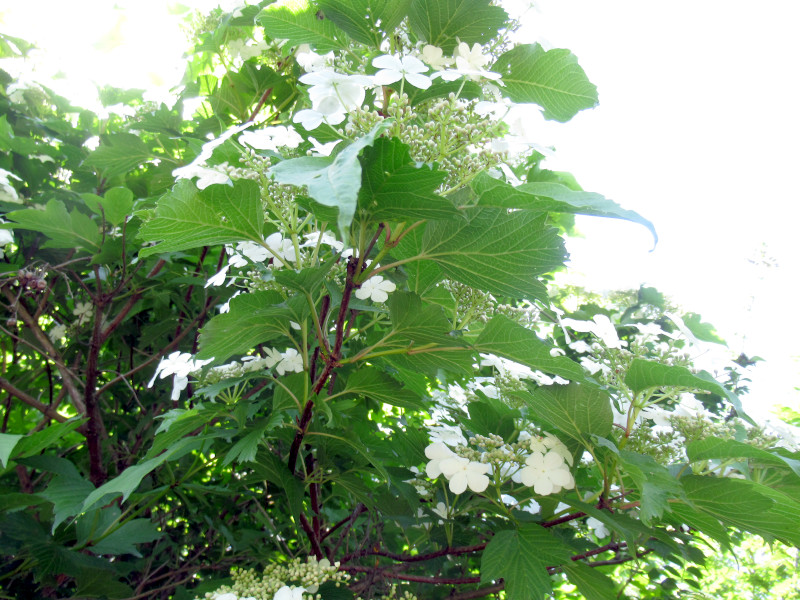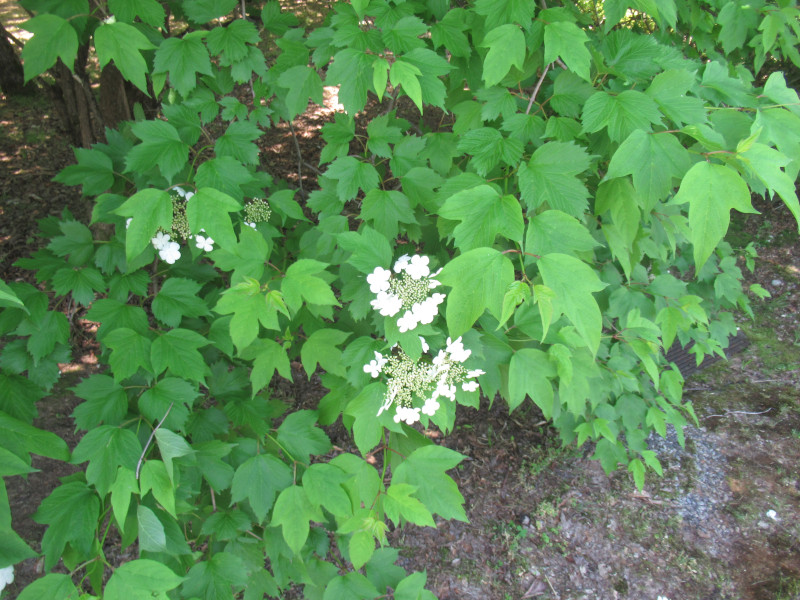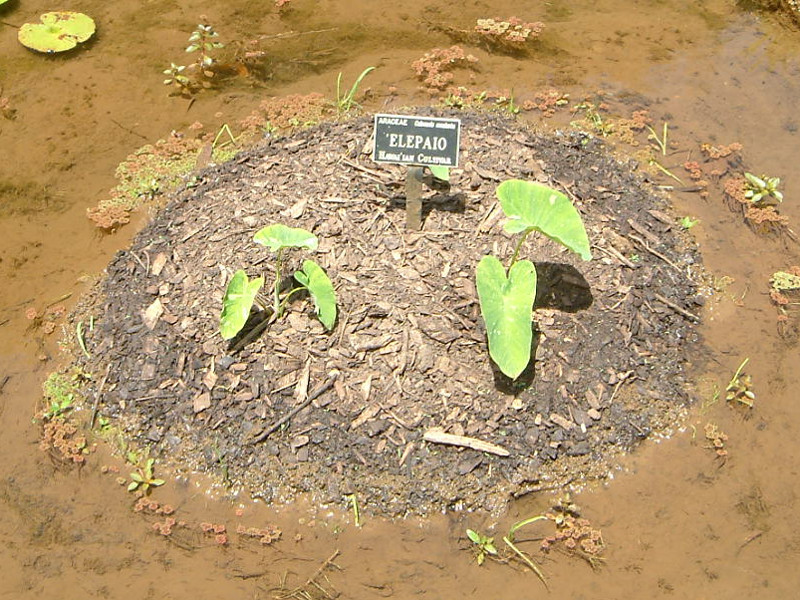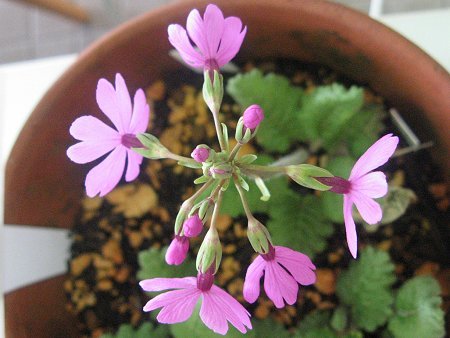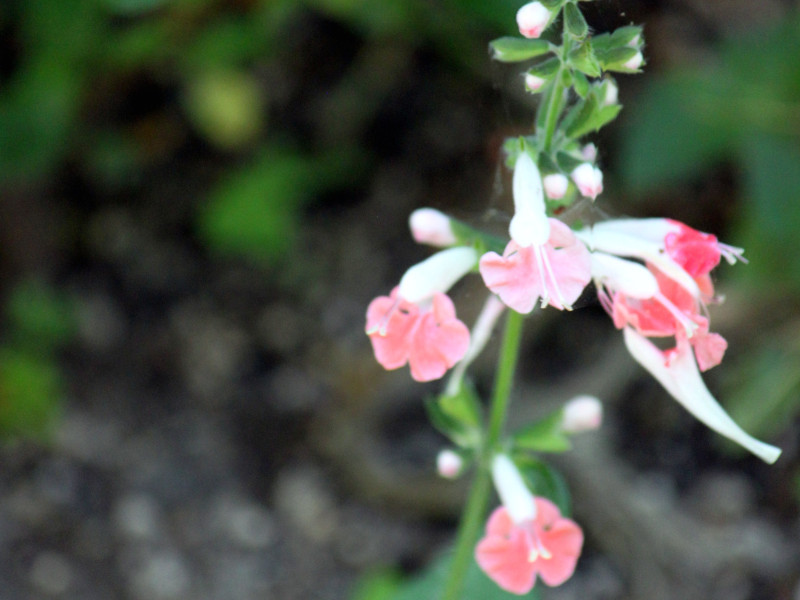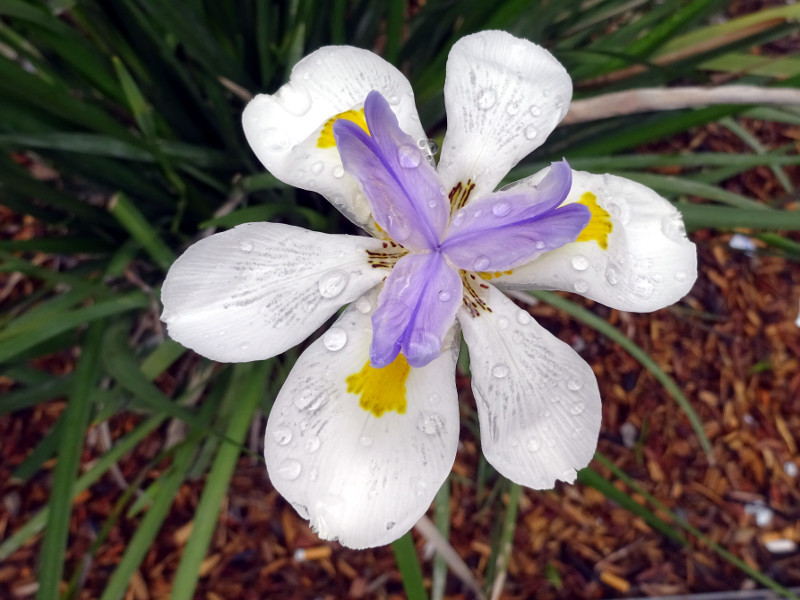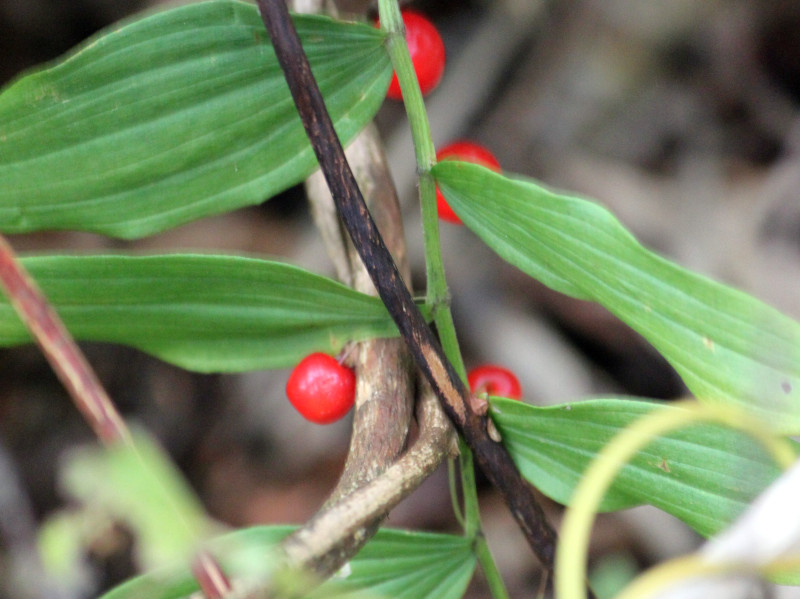Flower type Radial symmetrical flower
Left-right symmetrical flower
Non-symmetrical flower
Crossed symmetrical flower
Other
Flower arrangement Monopetal inflorescence
Gross inflorescence
Spikelet inflorescence
Corymbose inflorescence
Cone / Compound inflorescence
Cluster inflorescence
Compound scape inflorescence
Scorpion inflorescence
Cephalic inflorescence
Scattered inflorescence/ umbrella shape
Multiflora inflorescence
Caudal inflorescence
Fleshy inflorescence
Fig-shaped inflorescence
Cup-shaped inflorescence
Cymose inflorescence
Small ear inflorescence
Ball-shaped inflorescence
2 inflorescences
Snail type inflorescence
Monodisperse inflorescence
Fan inflorescence
Corm-like inflorescence
Other
Petal shape Funnel/trumpet shaped
Vase-shaped
Bell-shaped
4 petals
Five-petal
Multi-petaled
Lip shaped
Cup-shaped
High cup-shaped
Butterfly shape
Tongue-shaped
Tubular
Nadeshiko type
Rose-shaped
Hedgerow/thallate
Iris-shaped
Violet
Lilies
Orchid shape
Wheel-shaped
Thread-like
Mask-like corolla
6-petaled flower
without
Ovate/elliptic
Head flower
3-petaled flower
Caudate
Small ears
Other
Leaf type Spatula-shaped
Round
Linear
Palm shape
Feather shape
Oval
oblong
needle shape
lanceolate
Inverted lanceolate
ovoid
Inverted ovoid
heart-shaped
inverted heart-shaped
kidney-shaped
Pike shape
Arrowhead shape
triangle
Shield-shaped
Tongue-shaped
pyramidal
rhombic
Even pinnate compound leaf
Odd pinnate compound leaf
2 times pinnate compound leaf
3 times pinnate compound leaf
palisade compound leaf
3-fold compound leaf
Twice 3 times pinnate compound leaf
sword-shaped
Pinnate compound leaf
Rhizomatous leaf
Capsular
Fan-shaped
Cylindrical
Other
Leaf edge Entire
Wavy
Serrated
Toothed
Heavy Serration
Spiny
Hairs
Other
Flowering place Fields and footpaths
High mountain
Garden
Wetlands
Cut flowers, flower arrangement
Greenhouse
Orchard
Field
Seashore
Botanical Gardens
Overseas
Low mountains
Sub-alpine
Hokkaido
Cemetery & Temple
Park
Subtropical region
Horticultural species
Okinawa
Bonsai
Potted flower
Ornamental plants
Streets, Planting
Specific area
Hakone
River, pond
Rice paddies
Location Kyoto Botanical Garden
Tokyo Metropolitan Medical Plant Garden
Hamanako Garden Park(Pacific Flora 2004)
Tokyo Metropolitan Jindai Botanical Park
Limahuli Garden(Kauai Iland,Hawaii)
Kiba Park
Yumenoshima Tropical Greenhouse Dome
Kojimachi
Greenhouse of Shinjuku Gyoen National Garden
Chiba
Shimizudani Park
Ichikawa zoo&botanical garden(Chiba,Japan)
Izu oshima
Rebun Island Highmountain botanical garden
Sameura Dam
Kiyosumi Shirakawa
Enchanting Floral Gardens(Maui Iland)
Akatsuka Botanical Garden
Kyoto City Zoo
Yufuin
Koto-ku(Tokyo)
Zoorasia(Yokohama,Japan)
in preparation
Yatsugatake medical use botanical garden
Himeji city
New York Lamp & Flower Museum
Izushikinohana park
Azabujuban
Sakuyakonohanakan
Plaza Motokaga
Tonogayato Gardens
Toropical Dream Center(Okinawa)
Maui Iland(Hawaii)
Kauai Iland
OKINAWA Fkuit Land
HIgashiyama zoo
Tsukuba Botanical Garden
Flower Park Kagoshima
Kikukawa ,Sumidaku,Tokyo,Japan
KIOICHO-DORI
Rokko alpine botanical garden
Kagiken
Okinawa Taketomijima
Jogasaki coast
Koishikawa Botanical Garden
Oze
HAWAII TROPICAL BOTANICAL GARDEN
East Gardens of th Imperial Palace
SA
QWakkanai (Hokkaido)
Wakkanai,Hokkaido
Kazuyo's house
Hawaii Island(Big Iland)
ATAGAWA TROPICAL & ALLIGATOR GARDEN
Komuroyama
Saruie Imperial Park
Wakasu
WAIMEA VALLEY Audubon center(Oaf Iland)
Makino botanical garden
Hakobe Botanical Garden
Chiyoda-ku
Kesennuma
Nishiaidu
Tokyo
Nikko Botanical Garden
Ran no Sato dogashima
Farm Tomita
Yufuin
Toyama prefecture
Hokkaido
Odawara PA
Mt. TakaoMt. Takao 'mountain garden'
Atami
Hokkaido heritage Wakka Natural Flower Garden
Rebun island
My home
Hamarikyu
Daiba
Mother Farm
Ashikaga Flower Park
Aoshima subtropical plant garden
Shinjuku Gyoen National Garden
Shinagawa aquarium
Okinawa Iland
Shizuoka
Tokyo Metropolitan teien Art Museum
Tateyama
Heidi's Flower Trail
Takachiho
Oaf Iland(Hawaii)
Akagi Nature Park
Mount Takao
Hida Takayama
Kinshicho
Obi
Kyoto
Jogashima
Kyoto Aquarium
Shirakawa volost
Shimane(Japan)
Kamikouchi
Kuka lodge(Maui)
Koshimuzu Natural flower Garden
Hakusan Alpine Botanical Garden
Kochi Ino-cho
University of Tokyo campus
hanaasobi
Amami Nature Observation Forest
Karuizawa
Hotel in Niigata
Restaurant
Yamanashi Prefecture
Yatsu tidal flat
Hunter Mountain Shiobara
Nagano prefecture
蘭展(後楽園、2007年3月4日)
Korakuen Dome
World Orchid, Koraku-en Dome
Kiyose city
Singapore Botanic Gardens
Kurobedaira Alpine Botanical garden
Sydney Royal Botanic Garden
Sydney
Miyazaki pref.
Hibiya park
Flower Park Kagoshima
Oita prefexture
NONOHANA NO SATO
Yamaguchi Prefecture
Kofu
Shoren-in temple
Nikko Hanaichimonme
Hakusan Shrine
Himeji City Tegarayama Botanical Garden
Hagi
Urabandai
Higashidateyama Kozan-shokubutuen
National Museum of Japanese History 'Botanical Garden'
Camellia garden of Tokyo Metropolitan Oshima Park
Kiseki No Hoshi BOTANICAL MUSEUM
Gazaria
Hakone
Amami-Oshima
Lake- Hill Farm
Tokyo Ginza
Kushiro Marsh
Yokohama, Hakkeijima Sea Paradise
Imperial Palace, Tokyo
Orchid Resort Dogashima(Closed on 31 July 2013)
After now
Tonami in Toyama pref.
Kawana Hotel
Nasu Highlands
Taipei
Hyougo
Hokkaido University
Orchid exhibition (Korakuen, February 17, 2019)
Hanzomon
Tokyo Sea Life Park
Kagoshima
HAKONE FUJIYA HOTEL
SouthEast Botanical Gardens(Okinawa)
Mtsuyama
Matsue
Osaka
Toshodai-ji Temple of Nara
Mukojima-Hyakkaen Gardens
Kumamoto Prefecture
Kumamoto City Zoological and Botanical Gardens
Nara
Takaoka(Toyama pref.)
Izu Oshima Park camellia garden
TamaZooPark
n/a
Tokyo sea life park
Lake Okutama
Kanagawa pref.
The Imperial Palace East Gardens
Daio Wasabi Farm
Beppu(Ohita,Japan)
Kinugawa hot spring
Ishigakijima,Okinawa
Kumamoto Agricultural Research Center
Wakayama pref.
Ueno Shinobazu no ike
Nijo-jo Castle
Iriomote Island in Okinawa Prefecture
Hotel New Ohtani
Edogawa Nature Zoo
Kawazu Bagatelle
Showa Memorial Park
Nihonbashi(Tokyo)
Obihiro(Hokkaido)
Kitanomaru National Garden
Ueno zoo
Daisetsuzan
Mt. Yatsugatake
Iwami Ginzan
National theater front yard
Matsushima
Tokyo Dome
Thailand
Shimoimaichi
Nichinan Coast
Meiji Shrine
Kyoto Hotel
Kinshi park
TOBA SEA-FOLK MUSEUM
Hilton Osaka
Oigami Hot Spring
From Ms. Chieko Natori
Mauna Lani Bay Hotel & Bungalows
shop
Kawaba(Ibaraki Prefecture)
Uchisaiwaicho
Mie pref.
Sky farm
Niyodo River
Nihonbashi Takasimaya
Saitama Children's Zoo
Badrutt's Palace Hotel
Nature school
Hakone-en Aquarium
Aquamarine Inawashiro Kingfisher Aquarium
Oronkoiwa Rock
Glasshouse, Koishikawa Botanical Garden
Shimokubo Dam
New Caledonia-Blue River Provincial Park
Hamanako Garden Park(Pacific Flora 2004)
Hamanako Garden Park(Pacific Flora 2004)
Hamanako Garden Park(Pacific Flora 2004)
Miyama
Raffles Hotel
Anzu-no-Sato Product Hall
Private house in Odawara
Numata, Gunma
Enoshima Samuel Cocking Garden
Atlanta
New Caledonia
Itabashi Tropical Environmental Plant Museum
Kameido Central Park
Hamanako Barden Park
Hamanako Flower Park
Niyodo River Coast
at Hamanako Flower Garden
Keisei Rose Garden
Alpine Botanical Garden Alp no Sato
Echigo-Yuzawa
Gunma Flower Park
Illust:Yuki @Kagiken (Science&Technology Inst.co.,Tokyo )
Photo by Aki Fujita
Ogouchi Dam
Izu Oshima Camellia Park 'Camellia Museum
Okuhida Hirayu Otaki Park
Botanic Garden of Toyama
Cape Ashizuri
Singapore
Mizuho Yanagishita Productions
Niigata City
Asahiyama Zoo
Taito-ku
Oirase
Minami-Boso (Chiba, Japan)
Horikiri Shobuen
Kudan Kaikan
The Busena Terrace
Badrutt's palace
Kawaguchiko Music Forest Museum
Sunrise Protea Farm (Maui)
FUFU Kawaguchiko
Shuzenji
Shared space in the condominium
Tottori pref.
Flower color Red
Pink
Blue
Brown
Green
Purple
Orange
Yellow
Cream
Black
Silver
White
Other
Leaf color Red
Pink
Blue
Brown
Green
Purple
Orange
Yellow
Cream
Black
Silver
White
Other
Color of the fruit Red
Pink
Blue
Brown
Green
Purple
Orange
Yellow
Cream
Black
Silver
White
Other
[Image] Flower color Red
Pink
Blue
Brown
Green
Purple
Orange
Yellow
cream
Black
Silver
White
Other
[Image] Leaf color Red
Pink
Blue
Brown
Green
Purple
Orange
Yellow
cream
Black
Silver
White
Other
[Image] Color of the fruit Red
Pink
Blue
Brown
Green
Purple
Orange
Yellow
cream
Black
Silver
White
Other
